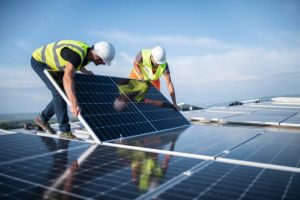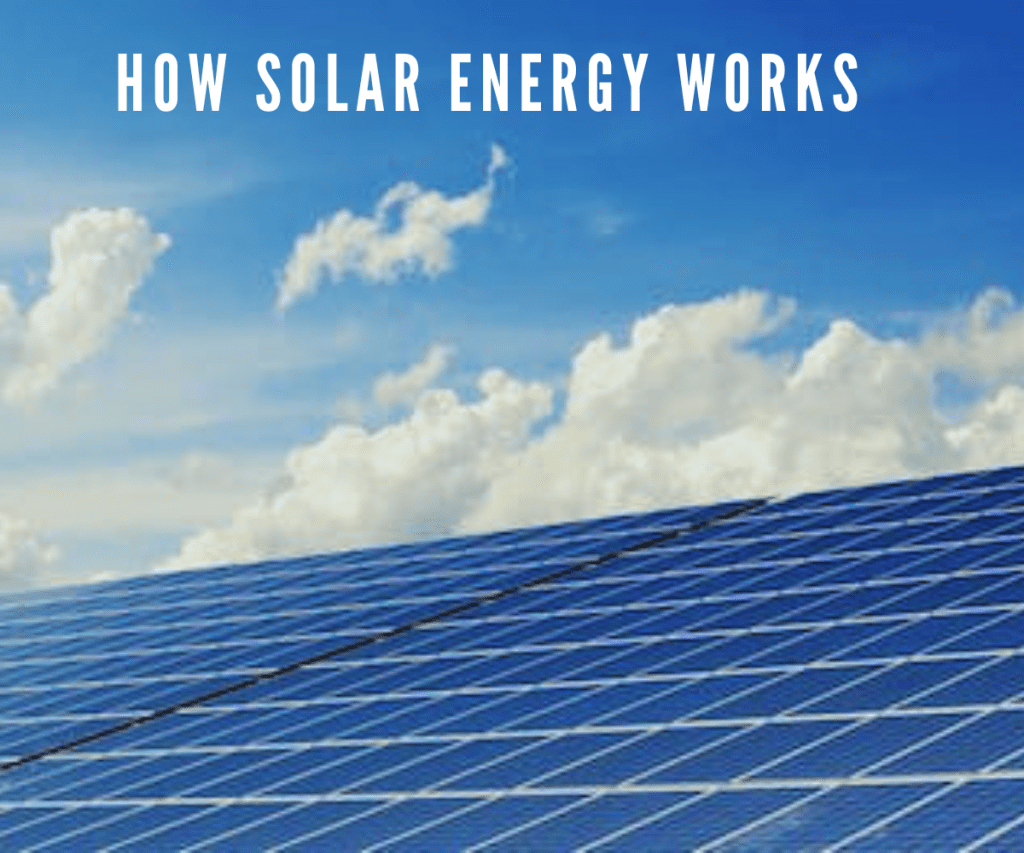Sometimes we may stop to think, how solar energy works. In our world today, solar energy have been a core clean source of power and has been in use since the 7th century B.C
Solar energy have been harnessed and used to power our everyday electrical equipments, cooking and more in our residential areas, cooperate settings, etc.
Statistics show that as of 2022, China was the largest producer of solar powered electricity generation in the world, followed by the US and by Japan, Germany and India.
While, these countries have found a way to harness solar energy. How exactly does it work? Solar energy works when the energy from the sun is converted into power.
The sun generates two forms of energy for our use – both of which are ‘electricity and heat’.
Both forms are generated through solar panels, and these panels differ in sizes from rooftops and stretching over acres of rural land.
Is Solar Energy Clean?

Yes, it is. Solar energy is a renewable and infinite energy source that does not create any harmful greenhouse gas emissions – and releases its energy for as long as the sun shines.
In addition, carbon footprint i.e the amount of GHG emitted by solar panels is very small, lasting over 25 years.
Also, the materials used in the panels are more and more undergoing recycled, thereby further shrinking the carbon footprint.
Today satellites, spacecraft orbiting Earth, are powered by solar energy.
How Electricity from Solar Energy is Produced
Solar panels are most often made from silicon, or a semiconductor material installed in a metal panel frame with a glass casing.
This material at exposure to photons of sunlight will release electrons and produce an electric charge.
This PV charge in turn creates an electric current, which is absorbed by the solar panel’s wiring.
This DC electricity further gets converted to alternating current (AC – the type of electrical current used when you plug appliances into normal wall sockets) by an inverter.
Difference between Solar PV Panels and Solar Thermal Panels?
Solar PV panels are panels that are designed to generate electricity, while solar thermal panels generate heat. using the same energy source – the sun – but through varying technology.
Solar PV works using the photovoltaic effect, by which a photon impacts a semi-conductor surface such as silicon and generates the release of an electron.
Solar thermal panel works using the direct heating of water or other fluids by sunlight.
Solar thermal plants can be used in homes or at power stations.
Can Solar Power be Generated on a Cloudy Day?
Yes, it can and does – most usually solar power only need some level of daylight to facilitate its ability to harness the sun’s energy.
Also, the rate at which solar panels generate electricity vary depending on the amount of direct sunlight exposure, as well as – the quality, size, number and location of the panels in use.
- Solar energy is currently the cheapest energy form today
- Solar energy was discovered almost 200 years and has been around for much longer.
- It is efficient
- It is an energy source that is both renewable and inexhaustible
- Solar Panels produce energy without direct sunlight
- Solar Panels have long lifespans – lasting up to 30 years.
- It is currently the most abundant energy on earth.
- Advanced countries invest in solar energy than other sources
Conclusion
While deciphering how solar energy works. It is important to know that developing countries are yet to fully embrace and invest in solar power like their developed counterparts.
As such, more awareness, sensitizations, necessary training and equipments should be encouraged and set up to help promote and provide less expensive, yet quality and reliable power source for the masses.
